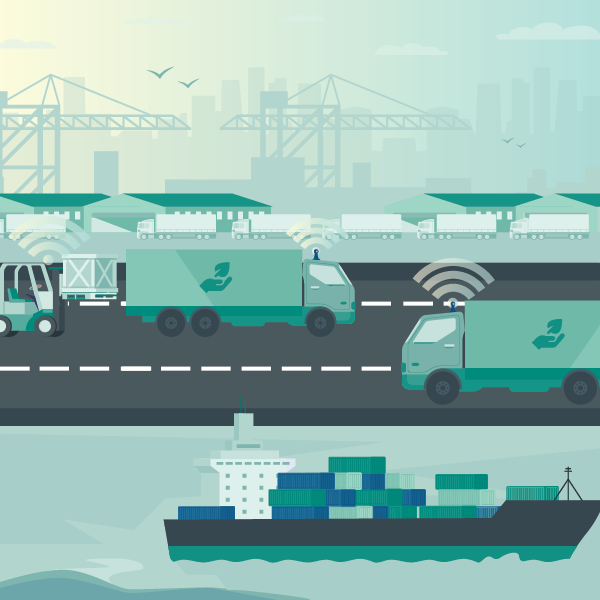All official European Union website addresses are in the europa.eu domain.
See all EU institutions and bodiesAn official website of the European Union | How do you
know?
Environmental information systems

Document Actions
Share with others